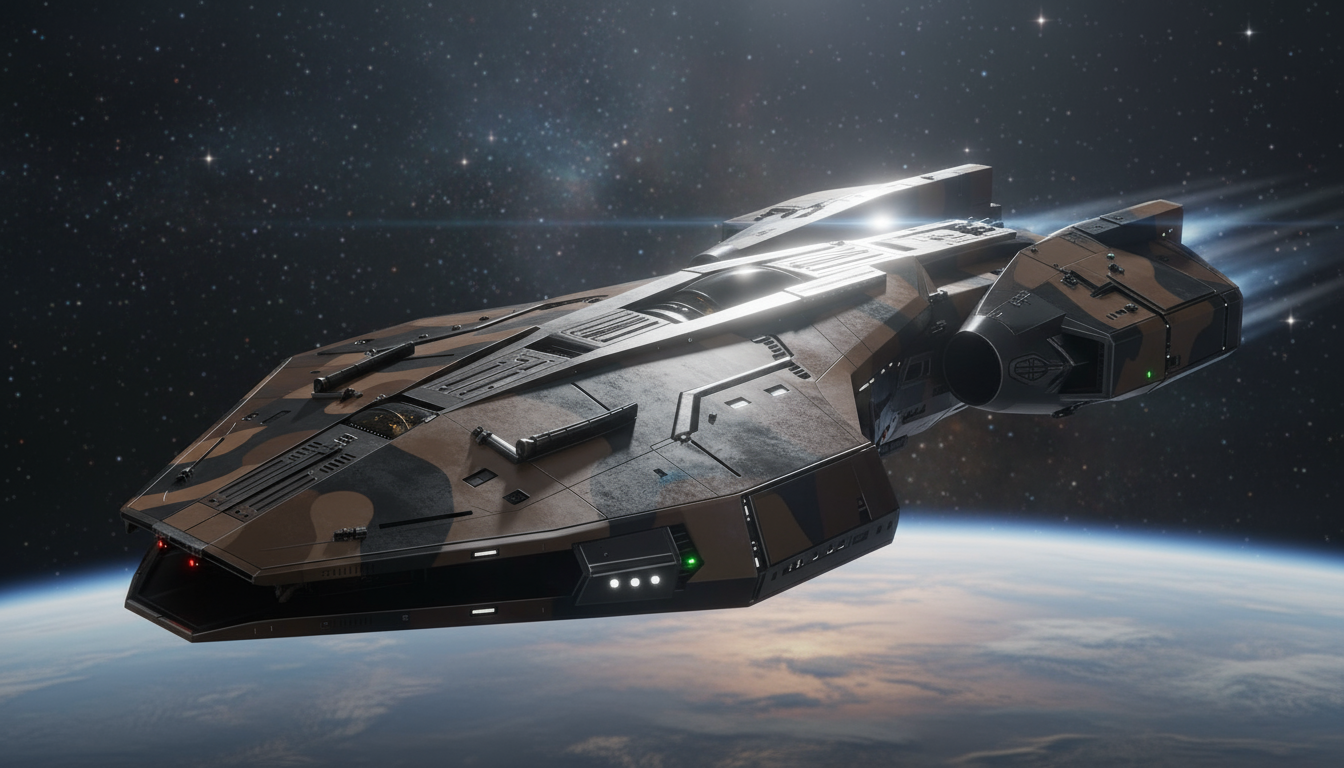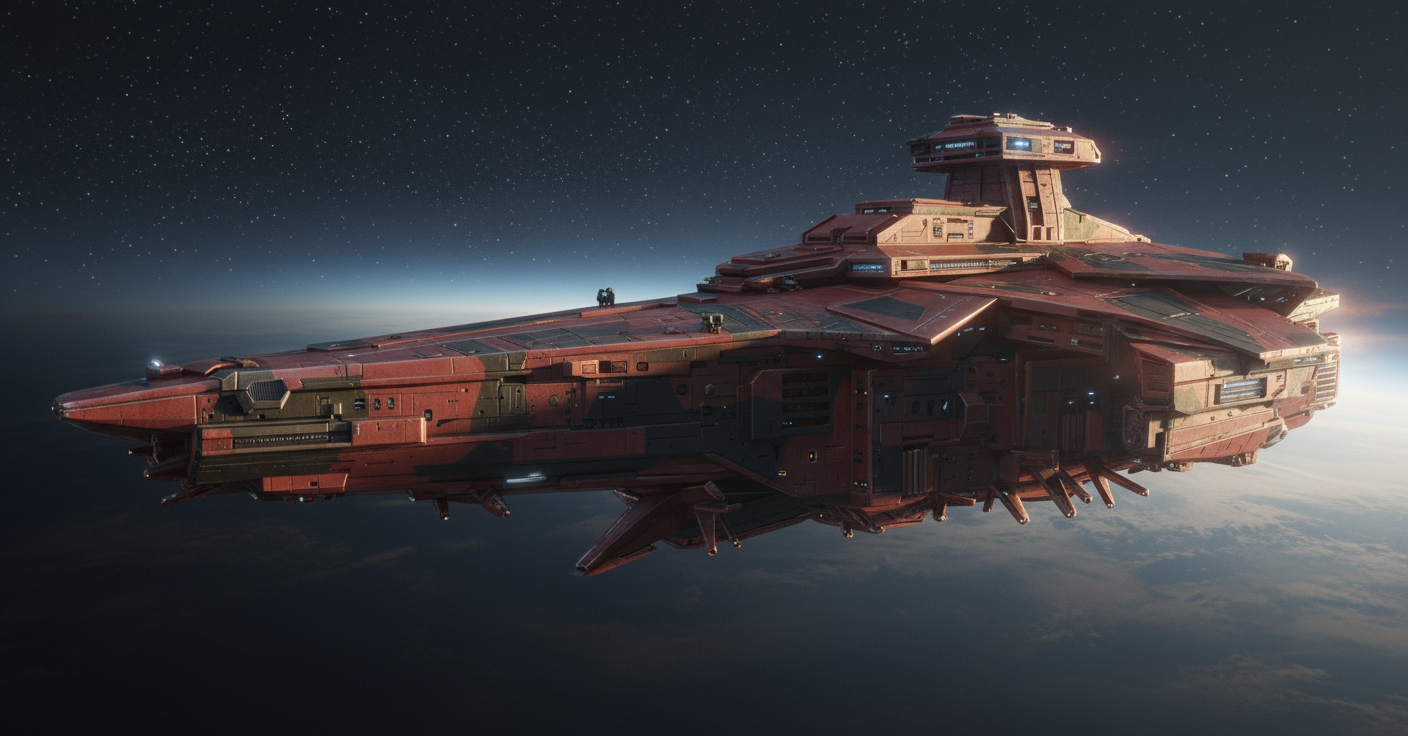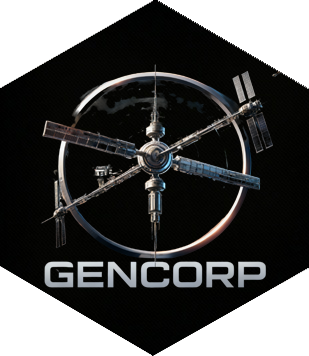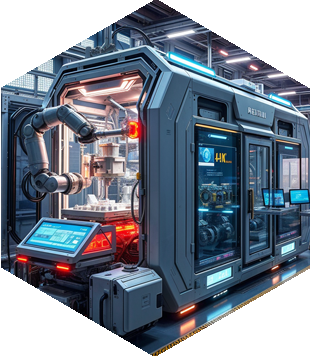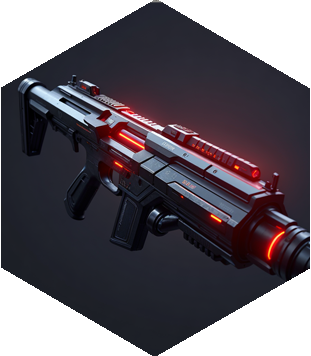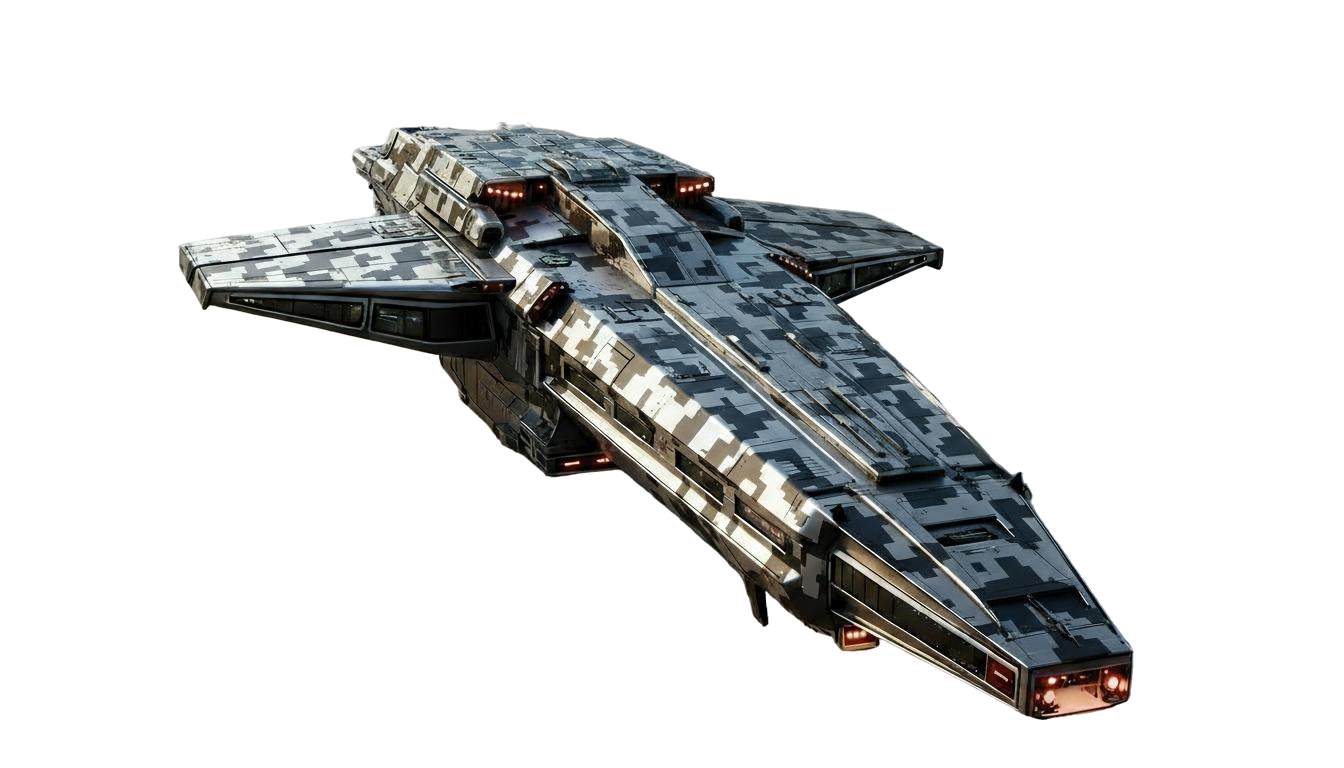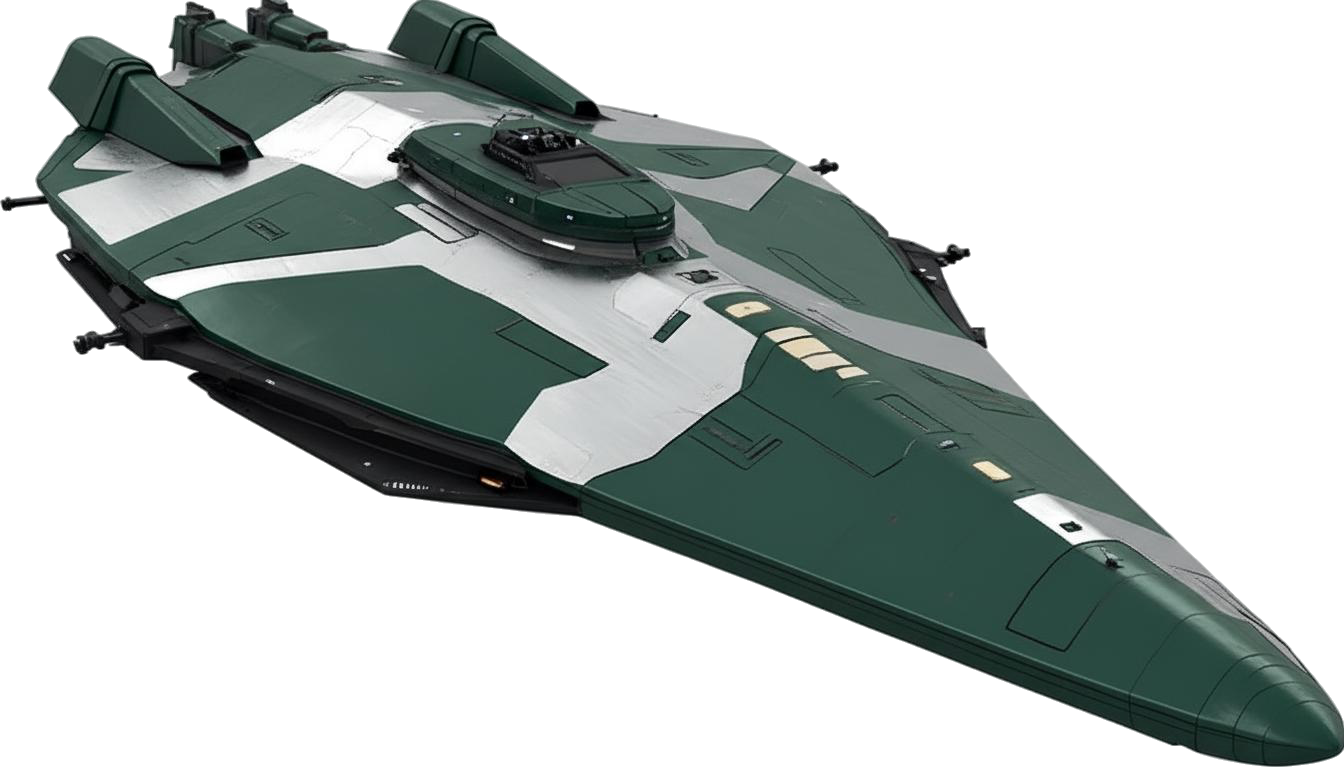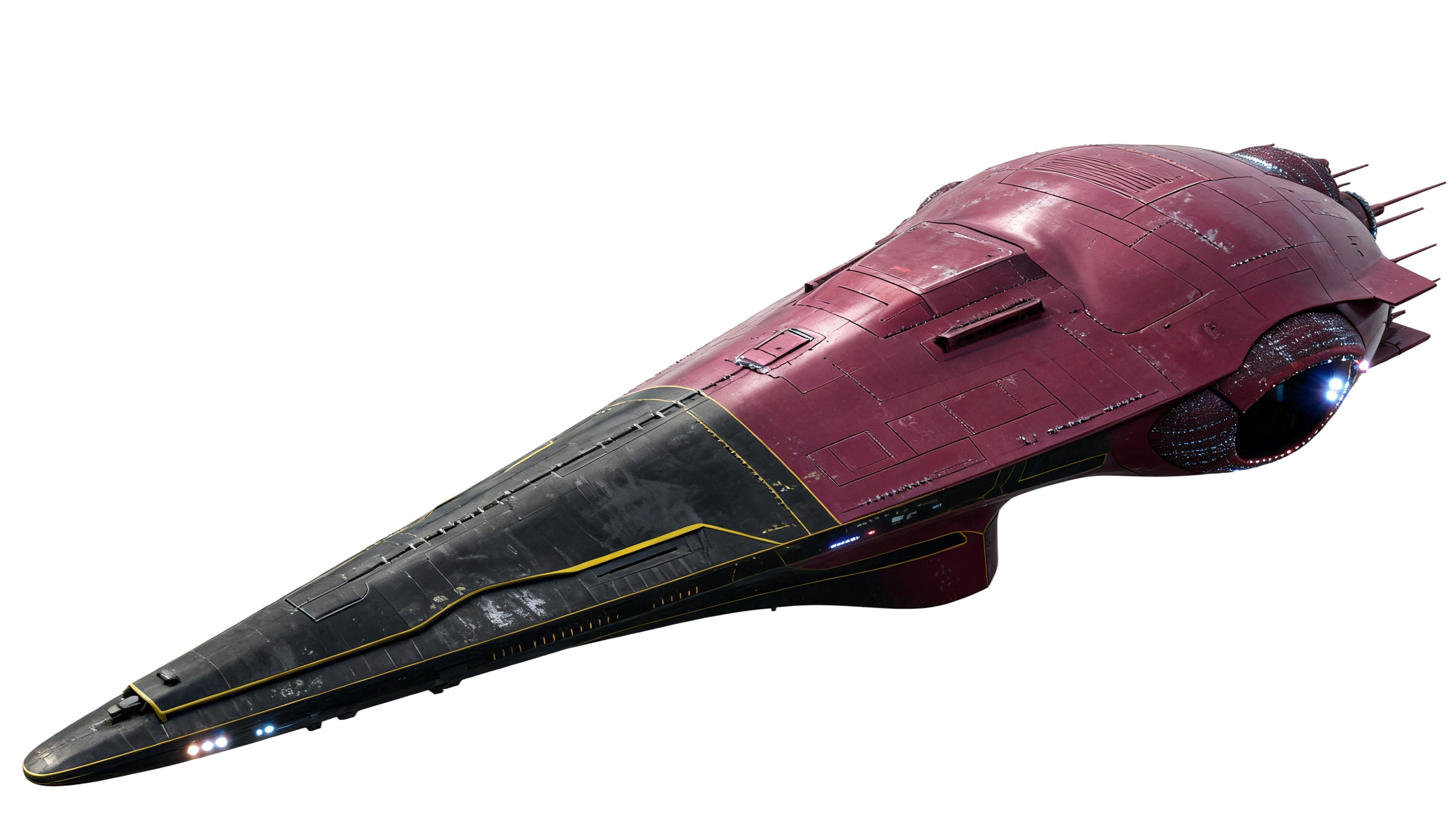Smart Structures
Smart structures are adaptive habitats, buildings, and infrastructures engineered with responsive materials, distributed sensors, and AI-regulated control systems. Designed for both comfort and survival, these living architectures autonomously maintain structural integrity, environmental stability, and energy efficiency across planetary, orbital, and frontier settings. They are the architectural expression of resilience—self-aware environments that think, feel, and evolve with their inhabitants.
Core Features
- Adaptive Materials: Employs shape-memory alloys, programmable polymers, and bio-composites that flex under load, shift thermal properties, or self-heal microfractures caused by stress or radiation exposure.
- Integrated Sensors: Uses fiber-optic strain monitors and nanogrid sensor webs to continuously track temperature, atmospheric quality, radiation levels, and biochemical markers. Real-time diagnostics feed directly into local or planetary Nexus systems.
- Energy Autonomy: Surfaces layered with SolarSkin photovoltaic composites and geothermal or kinetic couplings supply decentralized power. Surplus energy is banked in gravitometric capacitors or shared via microgrid clustering with neighboring structures.
- AI Orchestration: Nexus-linked control nodes manage lighting, heating, structural tension, shielding, and emergency protocols. Adaptive algorithms learn occupant preferences and environmental rhythms, balancing efficiency with comfort.
Applications
Smart structures are found in nearly every environment touched by human civilization, from dense metropolitan arcologies to remote frontier domes:
- Urban Arcologies: Skyscrapers and domes that dynamically redistribute load during weather shifts, seismic movement, or population surges. Many incorporate adaptive façades that change transparency and color for thermal regulation and artistic display.
- Frontier Habitats: Semi-autonomous domes capable of flexing against storms, cryogenic winds, or volcanic vents. In extreme biomes, their membranes can thicken or vent heat as needed to preserve internal life support.
- Orbital Platforms: Lightweight skeletal structures that adjust for spin-gravity strain and absorb micro-meteoroid impacts, maintaining stability even during structural reconfiguration or docking maneuvers.
Cultural and Civic Impact
To Core citizens and frontier colonists alike, smart structures are more than architecture—they are living companions of civilization. Their seamless adaptability represents the triumph of engineering fused with ecology. Annual festivals often transform cityscapes into radiant lightscapes, with façades pulsing in synchronized color patterns powered entirely by embedded photovoltaics. These celebrations honor the union of technology and life, symbolizing safety, endurance, and collective progress.
On isolated worlds, colonists speak of their homes as “breathing with us”—responsive shelters that expand and contract with the rhythm of survival. In the *Twilight Run* era, a smart structure is more than shelter—it is a guardian, a partner, and an enduring emblem of humanity’s ability to thrive anywhere among the stars.






